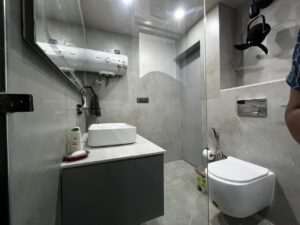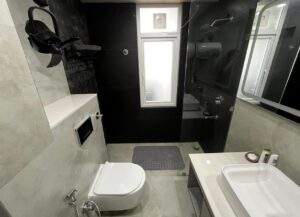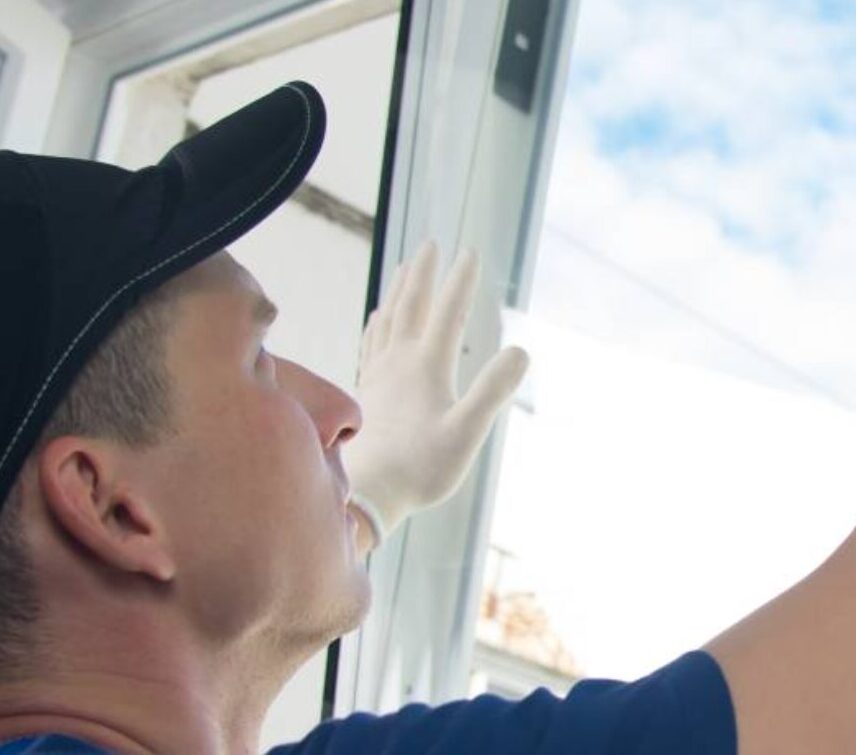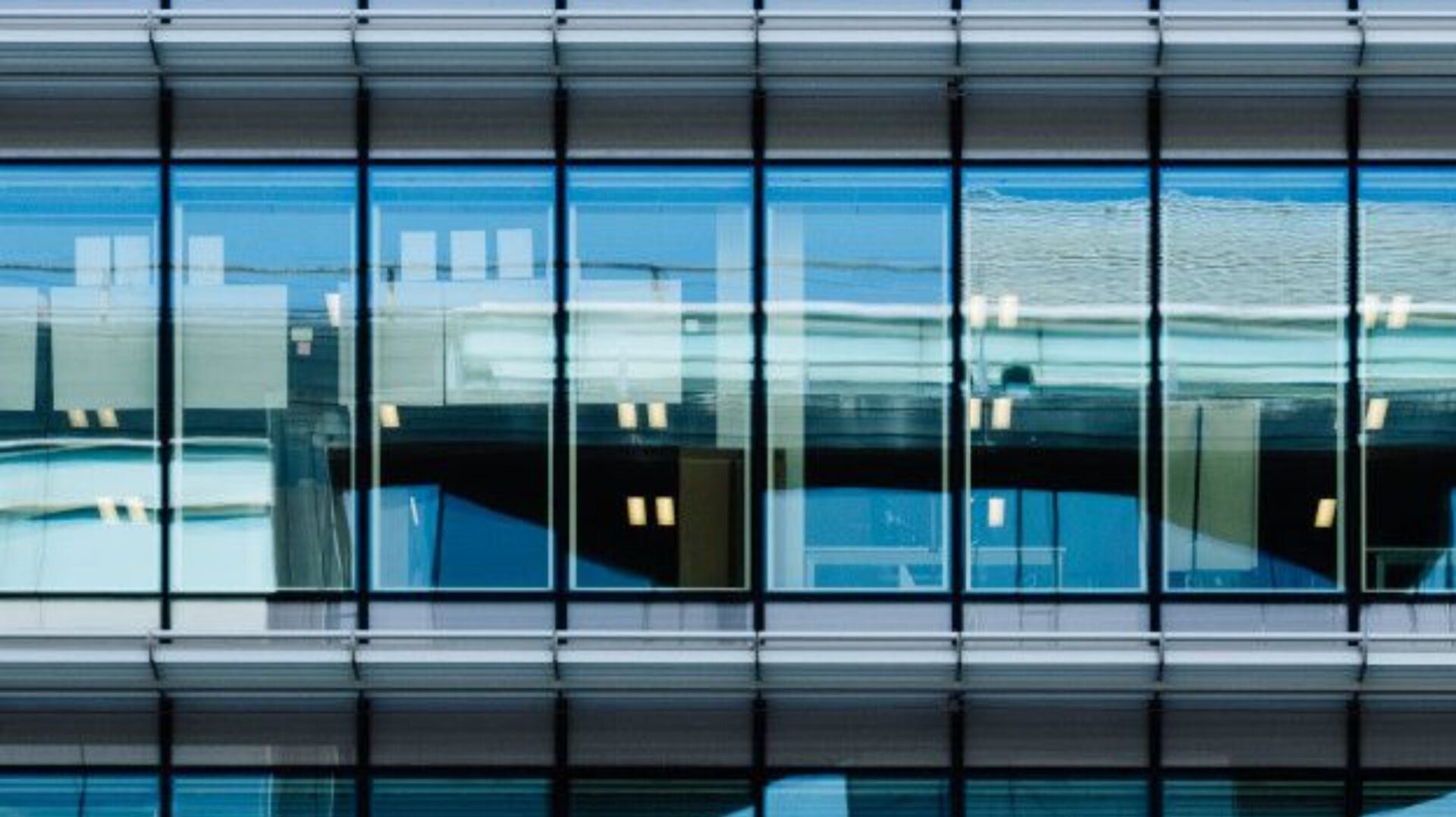
 I
I
Introduction: The Popular Belief That Bathroom Renovations Always Boost Home Value Is It That Simple?
Bathroom renovations are consistently ranked among the most valuable home improvements by real estate professionals, interior designers, and homeowners alike. The reasoning is simple: the bathroom is a vital part of daily living, and its condition can significantly affect both buyer appeal and livability. If your bathroom is outdated, small, or inefficient, a remodel can provide a substantial boost in comfort, functionality, and market value.
However, the assumption that bathroom renovations always lead to increased home value isn’t as straightforward as it seems. While there’s no denying that a well-executed bathroom renovation can make your home more attractive to potential buyers, there are many factors at play that influence the return on investment (ROI). Depending on your location, the scope of the renovation, and the style of the work, the financial returns can vary widely. Moreover, a poor renovation can actually result in overinvestment and reduced overall property value.
This blog offers a critical analysis of bathroom renovations as a smart investment in 2025. We’ll explore the realistic costs and benefits of these renovations, examine the factors that influence ROI, and provide strategies for achieving the maximum value. Additionally, we’ll discuss when bathroom renovations may not be a good investment and how homeowners can avoid making costly mistakes.
Timeline: How Bathroom Renovations Have Influenced Home Value Over the Years
Understanding how bathroom renovations have evolved over time can provide insight into their potential value in 2025. Here’s a look at the major shifts in the renovation landscape and how they’ve influenced home value:
2000s: Basic Fixture Upgrades and Surface Refreshes
In the early 2000s, bathroom renovations primarily focused on basic fixture upgrades and surface refreshes. Replacing old vanities, updating faucets, and installing new tiles were common improvements. These renovations were designed to improve functionality and modernize outdated bathrooms but typically didn’t include major structural changes. The impact on home value was moderate—buyers appreciated the fresh look, but the return on investment (ROI) was relatively modest since the improvements didn’t drastically alter the bathroom’s layout or overall appeal.
2010s: Luxury Fittings, Open Layouts, and Spa-Style Features
During the 2010s, bathroom renovations began to move toward more luxury fittings and spa-style features. Homeowners started opting for high-end materials like marble countertops, freestanding tubs, and rainfall showers to create an indulgent atmosphere. Open-plan bathrooms with large walk-in showers, double vanities, and freestanding bathtubs became popular. These renovations often led to higher perceived value because they combined luxury with functionality, and in many cases, the bathrooms became focal points of the home. This period saw greater ROI on renovations, especially in homes that catered to higher-income buyers looking for luxury experiences.
2020s: Sustainable Materials and Smart Technology
By the 2020s, sustainability and smart home integration began to play a larger role in bathroom renovations. Eco-friendly materials, such as recycled glass tiles and water-saving fixtures, became increasingly popular. Buyers began to place more value on energy-efficient systems and smart home devices, including smart toilets, touchless faucets, and automated lighting systems. These features not only appealed to eco-conscious buyers but also reduced long-term utility costs for homeowners. Bathroom renovations that incorporated sustainable and tech-driven features tended to have a greater ROI, as these upgrades made the home more attractive to tech-savvy and environmentally-conscious buyers.
2025: Midrange, Functional Renovations Are Key
In 2025, ROI trends indicate that midrange bathroom remodels are likely to provide the best returns on investment. While high-end renovations featuring luxury materials and technology can still be valuable in upscale markets, functional upgrades such as energy-efficient fixtures, modern storage solutions, and updated plumbing often deliver the most significant return. Buyers are looking for practical, long-lasting improvements that enhance comfort and usability while offering future savings. Sustainable materials and smart home integration continue to be a priority, but the key is striking a balance between functionality, affordability, and style.
Why Bathroom Renovations Often Add Significant Value
A bathroom renovation, when done right, can indeed increase the value of your home. However, it’s important to understand why and how this happens. Here are some of the key reasons why bathroom renovations tend to be a smart investment:
1. High Buyer Priority
Bathrooms are often one of the first areas that buyers look at when touring a home. An outdated or poorly maintained bathroom can turn off potential buyers and lower the appeal of the entire property. On the other hand, a renovated bathroom with modern fixtures, ample storage, and a clean, stylish design can immediately elevate the home’s overall appeal and help it stand out in a competitive market.
2. Tangible ROI
According to the Remodeling 2021 Cost vs. Value report, midrange bathroom remodels typically recoup 70-75% of their cost upon resale. This makes bathroom renovations one of the highest-return home improvement projects, especially when compared to kitchen or basement remodels. The ROI will depend on factors like the scope of the project, the materials used, and the quality of the work. Nevertheless, a well-done bathroom remodel offers a substantial return for most homeowners.
3. Improved Functionality and Comfort
One of the key benefits of a bathroom renovation is improved functionality. Older bathrooms may lack adequate storage, modern plumbing, or a logical layout that suits today’s needs. By upgrading your bathroom, you can enhance both comfort and practicality—improvements that make daily life easier. Whether it’s upgrading your vanity, adding more storage space, or creating a better flow between the shower, sink, and toilet, these functional improvements not only make your bathroom more enjoyable to use but also increase its appeal to potential buyers.
4. Energy and Cost Savings
Energy-efficient fixtures are an attractive feature for today’s buyers. Installing low-flow toilets, water-saving showerheads, and energy-efficient lighting not only benefits the environment but also reduces utility bills. These features can be particularly appealing to eco-conscious buyers or those looking for long-term cost savings. From a seller’s perspective, these upgrades also make the home more marketable to buyers who value sustainability, which can translate into a higher resale price.
5. Modern Aesthetic Appeal
Design matters, and a modern, stylish bathroom can significantly increase your home’s value. Today’s buyers expect bathrooms to reflect current design trends—clean lines, minimalistic aesthetics, and high-quality finishes. A well-executed bathroom renovation can modernize your home’s overall look, making it more attractive to potential buyers and justifying a higher asking price. A timeless and neutral design is often more appealing than trendy or overly personalized styles, as it allows potential buyers to envision themselves in the space.
Critical Factors Impacting Renovation ROI and Value
Not every bathroom renovation is guaranteed to provide a significant return on investment. Several factors can influence how much value a renovation will add to your home:
1. Scope and Quality Balance
The scope of the renovation plays a critical role in determining ROI. A minor, cosmetic update—such as painting the walls, replacing outdated faucets, and adding new lighting—may provide better ROI than a full-scale luxury remodel. Additionally, using high-end materials or luxurious finishes in a neighborhood where such upgrades are not expected may result in diminishing returns. In contrast, midrange, functional upgrades tend to offer the best ROI, especially in modest neighborhoods.
2. Market-Location Sensitivity
Your local real estate market conditions and neighborhood trends can significantly affect the return on your investment. If you live in a neighborhood where homes are priced at a premium, a high-end bathroom remodel might yield a greater return. However, in more moderate-priced areas, it’s important to align the renovation with the typical buyer’s expectations. Over improving a bathroom can result in overspending without a proportional increase in home value.
3. Design Cohesion
It’s important that your bathroom renovation complements the overall style of the house. A bathroom that feels disjointed from the rest of the home may create a negative impression for potential buyers. For instance, if the rest of the house is traditional, a modern, industrial-style bathroom may look out of place. Design consistency can help maintain the flow of the home’s aesthetic and increase its overall value.
4. Potential Hidden Expenses
Bathroom renovations can sometimes uncover hidden issues, such as outdated plumbing or structural damage, which can increase costs unexpectedly. It’s important to budget for potential surprises and include a contingency in your renovation plan. Unexpected costs can quickly eat into your ROI if you don’t plan carefully for potential repairs.
When Bathroom Renovations May Not Be a Smart Investment
While bathroom renovations generally provide a good return on investment, there are scenarios where they may not be the best choice. Here are a few situations where a bathroom remodel may not be a smart investment:
1. Mismatch with Property Value
If your bathroom renovation pushes the value of your home well beyond the typical price range for homes in your area, it could result in overcapitalization. For example, installing luxury features in a neighborhood where most homes are more modestly priced may price your home out of the market, leading to lower demand and longer time on the market.
2. Personal Taste Risks
Highly customized bathrooms that cater to your personal tastes might not appeal to potential buyers. Bold color choices, quirky fixtures, or overly trendy designs could make the space feel too personalized and limit its appeal. When renovating, it’s important to aim for a neutral, timeless style that will attract a broad range of buyers.
3. Overlooking Other Home Improvements
While bathroom renovations are valuable, they may not always provide the best ROI compared to other home improvements. If other areas of your home, such as the kitchen, roof, or windows, are in need of repair, those renovations may offer a higher return on investment and should be prioritized.
4. Poor Execution
Even the best bathroom renovation plans can fall flat if the work is poorly executed. Subpar finishes, incorrect installations, or shoddy workmanship can undermine the value of your renovation. Be sure to hire experienced professionals and ensure the work is done to a high standard.
Recommendations for Maximizing Value from Bathroom Renovations
To maximize the value of your bathroom renovation, follow these tips:
1. Plan with Market Insights
Understand your local real estate dynamics and typical buyer expectations. Research the kinds of renovations that appeal to buyers in your area and tailor your renovation to meet those needs.
2. Prioritize Midrange Functional Upgrades
Focus on durable surfaces, efficient layouts, and reliable fixtures that improve the functionality of the bathroom without overspending on high-end materials. Midrange renovations generally offer the best ROI, and improvements like water-efficient fixtures can make your bathroom more attractive to buyers.
3. Hire Experienced Professionals
Skilled contractors and designers will ensure that your renovation is completed to a high standard. Their expertise will help you avoid costly mistakes and maximize the value of the renovation.
4. Maintain Neutral, Timeless Style
Opt for neutral colors and classic designs that will appeal to a wide range of buyers. Timeless design choices, such as white subway tiles, modern fixtures, and neutral cabinetry, ensure that your renovation has broad appeal.
5. Consider Energy and Accessibility Upgrades
Energy-efficient fixtures and accessible design features can set your bathroom apart from others on the market. Features like low-flow toilets, LED lighting, and barrier-free showers not only increase functionality but also make your home more appealing to eco-conscious buyers or those with mobility challenges.
Conclusion:
In 2025, bathroom renovations remain one of the most impactful ways to improve your home’s value, but achieving a positive ROI requires careful planning, smart budgeting, and professional execution. By focusing on midrange functional upgrades, maintaining a neutral design, and avoiding overinvestment, you can increase both the functionality and appeal of your bathroom, ensuring that the renovation adds value to your home.
The success of your bathroom renovation hinges on making choices that align with buyer expectations, local market conditions, and practical functionality. When approached thoughtfully, a bathroom renovation not only enhances your living experience but can also yield significant financial returns when it’s time to sell.
For More information : https://windowsglassrgi.com/wp-admin/post.php?post=1103&action=edit
For more information in Washroom Renovation in US :https://bathxpertz.com/

